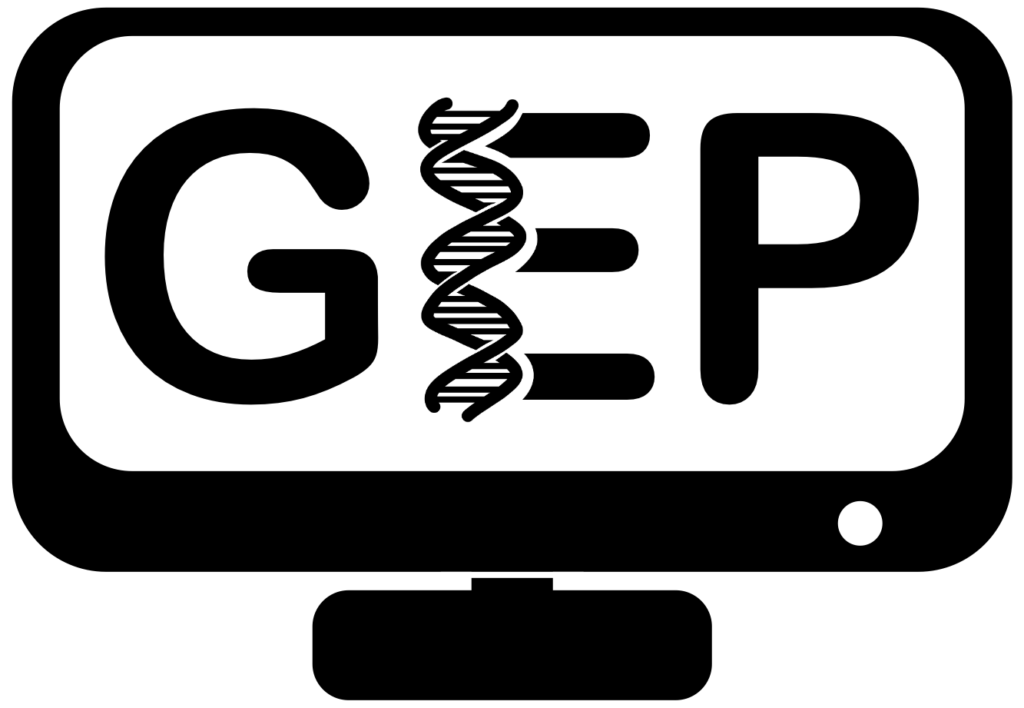3. The Dilemma of Transposable Elements: Can’t Live with Them, Can’t Evolve without Them!
This lecture is Part 3 of a 4-part series—F Element Project: Annotated Lecture Slides.
This lecture introduces students to the analysis of repetitious elements in the genome. It can be used as a stand-alone lecture, or since the content is also important to our thinking about the relationship of transposable elements to eukaryotic genomes which is a key issue in our study of the expanded F element, it can be included in the “F Element Project: Annotated Lecture Slides” sequence.
The slides provide each of the following:
- an introduction to transposable elements (TEs), particularly in the human genome (5 slides),
- examples showing how transposition, resulting in new insertion sites or new rearrangements, creates harmful mutations and/or stimulates inflammation (7 slides);
- how mechanisms for silencing generate more options for gene regulation (4 slides);
- how transposable elements have rewired the genome, contributed to novel regulatory proteins, helped build centromeres and telomeres, marked sex chromosomes, and might drive evolution during times of stress (7 slides)
Without our TEs and histones, we would be bacteria!
